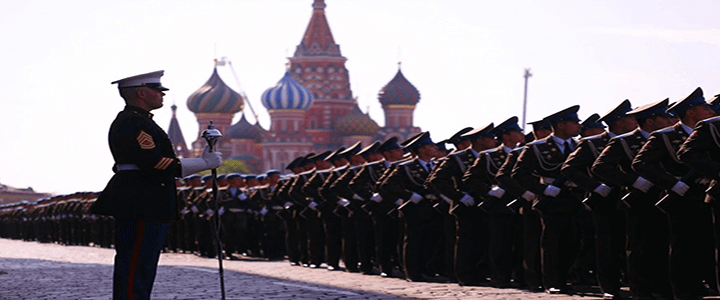As the United States struggles to combat Russian information operations at home, elsewhere, the world marks a critical anniversary in the history of Russian aggression.
Ten years ago this week, Russia invaded the Republic of Georgia, its much, much smaller Caucasian neighbor to the south. Today, the Georgian provinces of Abkhazia, which includes about half of Georgia’s Black Sea coastline, and South Ossetia, in the center of Georgia’s northern border with Russia, comprising 20 percent of Georgia’s land mass, remain under Russian occupation.
Russia Fuels Georgian Ethnic Unrest for its own gain
With support from Moscow, South Ossetian separatism began in 1990, as the power of the Soviet Union was waning and Georgian nationalism was on the rise. Ossetians, a small ethnic group of Persian descent, consider themselves distinct from Georgians. In September of 1990, separatists proclaimed the Republic of South Ossetia, although no one in the international community recognized it.
The borders of Georgia, which had long been part of the Soviet Union and the Russian Empire before that, were well established when it declared its independence following the 1991 dissolution of the Soviet Union. However, much like the situation in Ukraine today, separatists in the two regions currently under Russian occupation resisted becoming part of Georgia’s succession.
Georgia fought a brief war against separatists in South Ossetia in 1991 and 1992, which ended in a cease-fire monitored by the Joint Control Commission for Georgian–Ossetian Conflict Resolution, or JCC for short. Around the same time, separatists in Abkhazia were making their own bid for an independent state. The Georgian-Abkhaz conflict lated from 1992 to 1993, ending with a 1994 UN-brokered agreement and a 1996 agreement among the Commonwealth of Independent States (CIS), the loose confederation of the former Soviet republics, which at the time included Georgia.
But in March 2008, Russia declared that it “no longer considers itself bound by the provisions of the Decision of the CIS Council of Heads of State on Measures to Settle the Conflict in Abkhazia, Georgia, of January 19, 1996.”
The Georgian invasion Set the stage for invading crimea
With this declaration, Russia began a test case for its later operations in Ukraine. With Russia’s withdrawal from the agreement, Abkhaz separatists resumed their campaign. When Georgia acted to maintain internal order, Russia pounced.
The separatists had no legitimate claim to their separation, but Russia, who had peacekeeping forces deployed in the region, leapt to their defense,. The Russian Army crossed into Georgia with mechanized forces that pushed native Georgian forces all cross the map.
Russia would repeat this pattern in Crimea in 2014. Though, the appearance of the “little green men” – Russian soldiers in nondescript uniforms – was far more overt than the secret preparations that took place prior to the invasion of Georgia.
georgia and the NATo dilemma
Georgia has been under consideration for NATO membership since April 2008 summit in Bucharest, Romania, a mere four months before Russia invaded. NATO has reaffirmed its desire to admit Georgia several times since then. The alliance’s official position is that it continues “to support Georgia’s territorial integrity and sovereignty within its internationally recognised borders.” It further calls on Russia “to reverse its recognition of the Georgian regions of Abkhazia and South Ossetia as independent states.”
Admitting Georgia while Russia occupies 20 percent of its recognized territory would present a dilemma for the alliance, however. Since under Article 5 of the North Atlantic Treaty, an attack on one member state is an attack on all members, Georgia would have a case for invoking Article 5 as soon as it was admitted.
Clearly the other NATO members do not wish to be backed into a corner that would virtually ensure the requirement to confront Russia militarily. So we sit and wait.
But sitting and waiting, while the only sane option, is not the same as acquiescing. The U.S. and its NATO allies must maintain maximum pressure on the Russian government. It must withdraw and abandon the illegitimate demands of its Ossetian and Abkhaz clients.
Russia created artificial unrest in Georgia by stoking ethnic fires before the body of the old Soviet Union was cold. Only Russia can put an end to its illegal occupation of Georgia. It’s time that happened.




